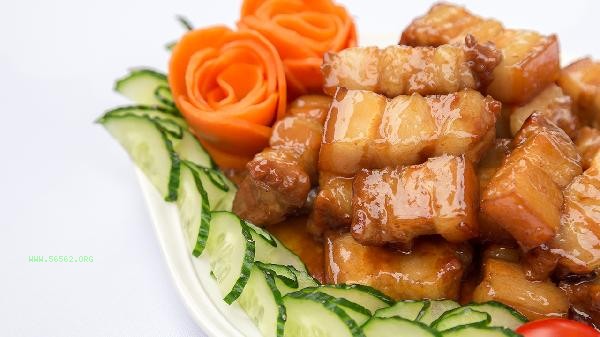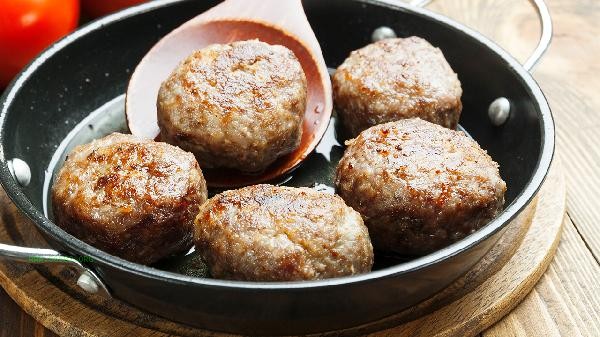The correct methods for washing pork mainly include rinsing with running water, removing blood, controlling water temperature, avoiding prolonged soaking, and using specialized tools.

1. Running water flushing
When cleaning pork, flowing water should be used to wash away impurities and some bacteria attached to the surface of the pork. When rinsing, gently rub the meat chunks with your hands to help remove residual dirt. Be careful to avoid using the faucet to forcefully rinse and prevent splashing water from contaminating the kitchen environment. The flushing time should be controlled at around half a minute, as excessive flushing may lead to nutrient loss.
2. Removing Blood Water
Fresh pork often has blood on its surface, which may carry microorganisms. You can use kitchen paper towels to gently press and absorb surface blood, and then proceed with subsequent cleaning. For bony parts such as pork ribs, special attention should be paid to cleaning the blood and water at the bone seam. It is not recommended to scrub with salt or flour, as this method may alter the texture of the meat.
3. Control the water temperature
The water temperature for cleaning pork should be kept between 20-30 degrees Celsius. Overly cold water is difficult to effectively clean, while excessively hot water can cause protein denaturation. In winter, warm water slightly above room temperature can be used, but it should not exceed body temperature. After cleaning, cooking treatment should be carried out immediately to avoid bacterial growth caused by prolonged storage.

4. Avoid soaking
Pork should not be soaked in water for a long time, especially hot water soaking, which can cause nutrient loss. If you need to soak for a short period of time to remove fishy smell, you can add a small amount of cooking wine or ginger slices to cold water and control the time within 5 minutes. The soaked water should be poured out and cannot be reused. Frozen pork should be thawed before cleaning, and should not be directly soaked and thawed.
5. Special Tools
It is recommended to prepare cutting boards, knives, and containers specifically for raw meat processing to avoid cross contamination with other ingredients. After use, it is necessary to promptly clean and disinfect with hot water and detergent. Meat cleaning baskets with raised designs can be selected to enhance the cleaning effect through physical friction. Wash hands thoroughly and maintain kitchen hygiene after handling raw meat.

When handling pork in daily life, attention should be paid to separating raw and cooked meat, and all utensils that have come into contact with raw meat should be cleaned and disinfected in a timely manner. When purchasing pork, choose legitimate channels and observe whether the meat is fresh. When cooking, ensure that the center temperature reaches 70 degrees Celsius or above to thoroughly eliminate any potential parasites and pathogenic bacteria. Reasonably store raw meat, refrigerate for no more than 2 days, and seal the packaging for frozen storage. By using the correct cleaning and processing methods, it is possible to ensure food safety while maximizing the preservation of the nutritional value of pork.








Comments (0)
Leave a Comment
No comments yet
Be the first to share your thoughts!